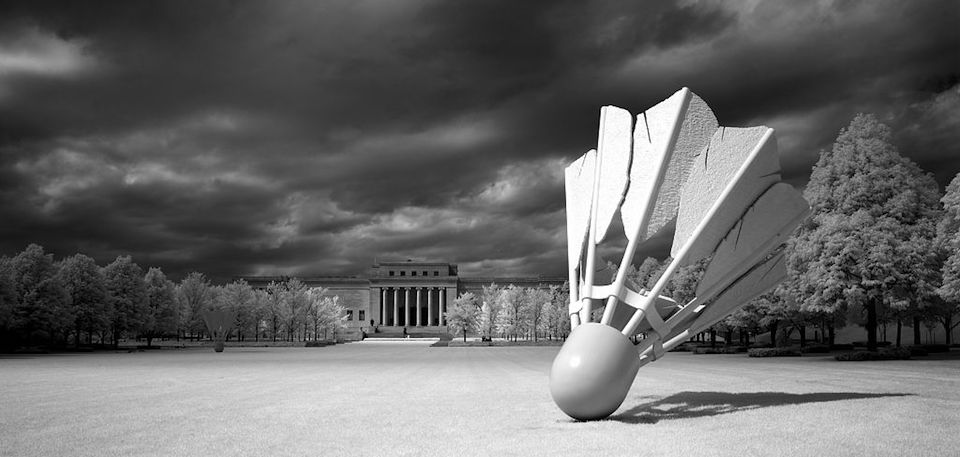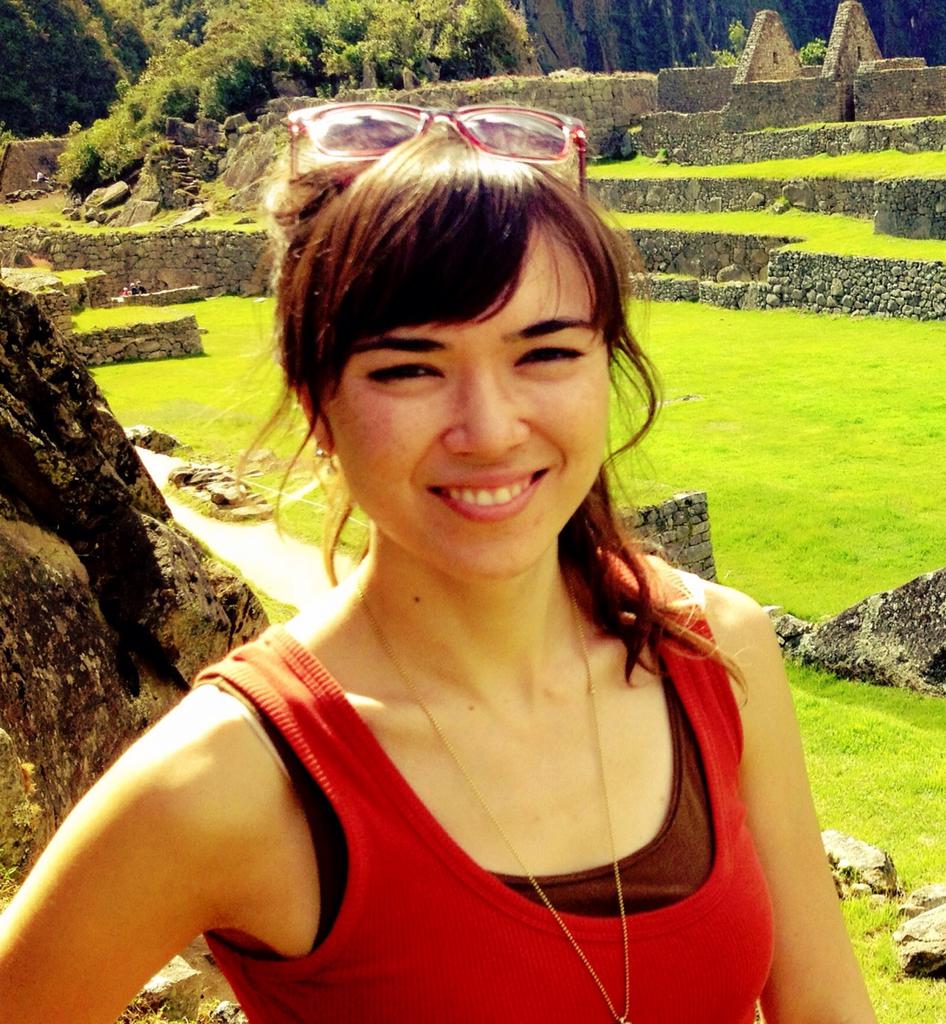Photo credit: United States Library of Congress Carol M. Highsmith Archive
Celebrated U.S.-based photographer, Carol Highsmith, has been making tens of thousands of her photographs freely available to the public since 1988. Over the years, she has donated her work to the Library of Congress and dedicated them to the public domain, in order to allow anyone to re-publish or make use of them without paying royalties to her or anyone else.
At least, that's what she thought until last December when Highsmith got a threatening notice from a licensing agency associated with Getty Images. It claimed that she had violated their license terms over one of her own photos, and demanded $120 from her non-profit This Is America! Foundation to be sent as a "settlement payment" for its use of the image.
She was shocked when she later found out that Getty and the other licensing companies were licensing out more than 18,000 of her photographs that she had dedicated to the public domain. It turned out that the companies had been charging people fees to use them for years.
That was why Highsmith decided to sue Getty for over one billion dollars in copyright damages [pdf].
A case like this is rare, and it comes at a critical time as our cultural commons stagnates when it could be expanding massively. New technologies, including the internet and other digitization tools, have the potential to allow unhindered access to most of the world's cultural works at the click of a button. And yet cultural works continue to get trapped by copyright's increasing restrictions for longer and longer periods. An increasing number of countries are adopting copyright term extensions that last the length of the authors' lives plus an additional 70 years. The rights we have to use and remix works, such as fair use, are constantly challenged in the courts. On top of that, the criminal and civil penalties for violating copyright's restrictions are growing more extreme around the world. All of these combined work to chill the use and preservation of existing artwork, and likely intimidates many into not exercising rights that the law does afford to them.
In short, copyright does not make it easy to use or even access most cultural works that have been produced, especially those from within the last century. That's why it's so notable that Highsmith dedicated her work to the public domain and why the Library of Congress called it "one of the greatest acts of generosity in the history of the Library." The quality and cultural relevance of her work makes her continued donations an invaluable contribution to the public domain.
Highsmith's lawsuit shines light on an industry that profits from keeping culture locked up and out of reach. She made it absolutely clear that she wanted to give these images to the public, and yet prevailing institutions sought to profit from them. In the United States and most countries, we don't have laws that defend the public domain, we only have laws that defend copyright holders. What makes this case so commendable is that she's an artist who understands that our cultural commons takes precedence over the profits that she or potential inheritors of her works could make — and that she's willing to go the distance to defend it.









